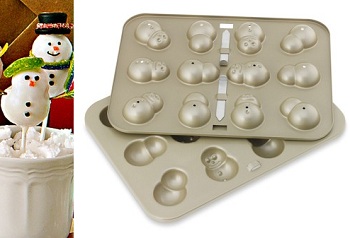
Dark chocolate is chocolate that is made primarily with sugar, cocoa and cocoa butter, and does not contain milk or milk solids. The amount of sugar, cocoa and cocoa butter can vary dramatically from brand to brand, but it is the lack of milk that really distinguishes dark chocolate from milk chocolate. Dark chocolates also often include vanilla and an emulsifier, to keep the chocolate as smooth as possible. In the US, there is not specific minimum cacao percentage for dark chocolate. Cacao percentage refers to the amount of cocoa solids in a product. Cocoa solids are all of the ingredients from a cocoa bean, including cocoa powder, cocoa butter, chocolate liquor. In Europe, the definition of dark chocolate specifics 35% cocoa solids. Premium dark chocolates have a higher cacao percentage and a higher price tag than less expensive dark chocolates.
Semisweet chocolate, bittersweet chocolate and extra dark chocolate are all names that have been created to describe different types of dark chocolate, but all three are dark chocolate. There are no strict definitions that divide these sub-types of dark chocolate. They are primarily inventions of chocolate manufacturers to make it easier for consumers to differentiate between dark chocolates with more intense flavor.
When a baking recipe calls for dark chocolate, you can typically use any type of dark chocolate and get good results from the recipe. Depending on the amount of chocolate called for in a given cake, brownie or cookie recipe, you will usually get the best results if you use a chocolate that you really like the flavor of.
While most baking recipes are not very sensitive to the amount of cocoa or cocoa butter in chocolate (i.e. to the Percent Cacao noted on the packaging), there are a few recipes that are. Lighter textured recipes, such as souffles and mousses, can have a dramatic change in texture from one chocolate to another and you should try to stick to dark chocolate with the cacao percentage that the recipe recommends, if it notes a specific type of chocolate. For instance, high cacao percent chocolates can create a much firmer mousse than a low cacao percent chocolate. Chocolate candy and bon bon recipes can also be strongly impacted by the cacao percentage of a chocolate, so if you are using chocolate to make truffles, take note of the brand you use and the texture of the finished product so that you can replicate the same treat if you liked it, or opt for another brand if you want a different texture or flavor.






What do you think?